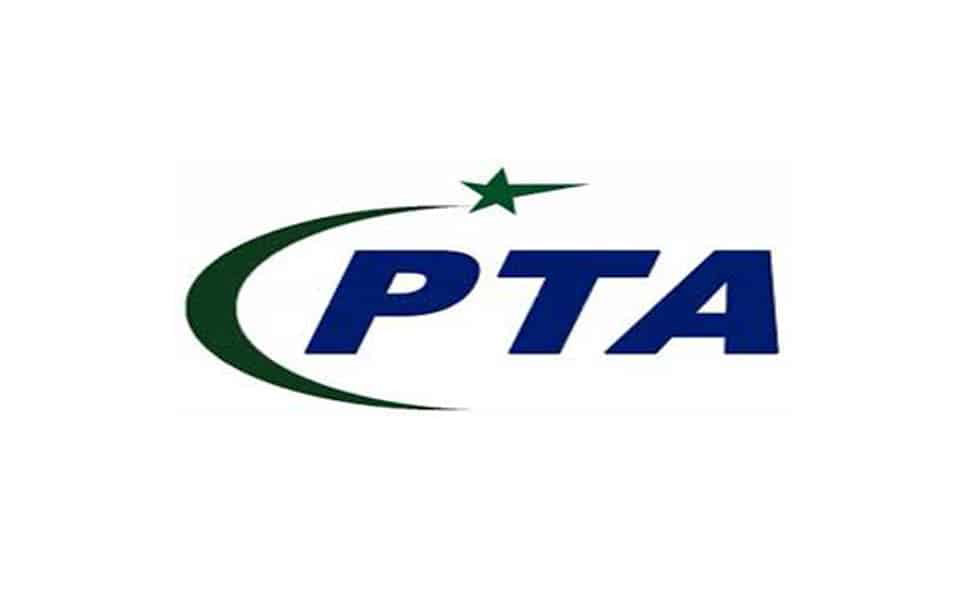World Bank Report forecasts strong Agriculture growth in Pakistan

MG News | June 05, 2017 at 01:32 PM GMT+05:00
The China-Pakistan Economic Corridor (CPEC) infrastructure projects and a stable macroeconomic environment is contributing to an increase in private investment in Pakistan, a latest World Bank report said, forecasting the economic growth to remain strong.
According to the World Bank’s June 2017 Global Economic Prospects, favorable weather and increased cotton prices are supporting agriculture production, and the CPEC infrastructure projects as well as stable macroeconomic environment is contributing to an increase in private investment.
Agriculture output rebounded following the end of a drought, while the successful completion of an International Monetary Fund (IMF)-supported program enhanced macroeconomic conditions and foreign direct investment, the report note.
The World Bank report said Pakistan’s growth is expected to increase to 5.2 percent in the current financial year and remain strong over the forecast horizon, reflecting an upturn in private investment, increased energy supply an improve security.
In the South Asian region as a whole, output expanded by an estimated 6.7 percent in 2016. In general, the report said, South Asian economies benefitted from an improvement in exports, low oil prices, infrastructure spending, and supportive macroeconomic policies last year. A pickup in regional growth is underway in 2017.
Growth in South Asia remains strong, with regional output projected to grow by 6.8 percent in 2017 and an average of 7.2 percent in 2018-19. Excluding India, growth is projected to average 5.8 percent in 2017-2019, with some cross-country variation.
The report said that inflation has remained benign, hovering below target in Bangladesh, Pakistan, and India while favorable weather in Pakistan and India and lower oil prices have helped keep inflation low, and thereby made possible an accommodative monetary policy.
Despite mixed progress with fiscal consolidation in the region, deficits generally declined, the report said, adding that an abrupt market reassessment about U.S. monetary policy tightening could lead to tighter domestic financial conditions, which have been benign of late. Despite progress in fiscal consolidation, public debt remains high across the region.
Global growth is projected to accelerate to 2.7 percent in 2017, up from a post-crisis low of 2.4 percent in 2016, before strengthening further to 2.9 percent in 2018-19, broadly in line with January projections.
Related News
| Name | Price/Vol | %Chg/NChg |
|---|---|---|
| KSE100 | 136,502.54 259.91M |
1.64% 2202.77 |
| ALLSHR | 85,079.90 838.35M |
1.26% 1061.74 |
| KSE30 | 41,552.62 97.27M |
1.81% 738.33 |
| KMI30 | 193,330.76 84.69M |
0.39% 741.60 |
| KMIALLSHR | 56,315.31 366.02M |
0.43% 243.06 |
| BKTi | 38,498.08 37.91M |
4.13% 1526.33 |
| OGTi | 28,138.38 5.66M |
-0.36% -101.89 |
| Symbol | Bid/Ask | High/Low |
|---|
| Name | Last | High/Low | Chg/%Chg |
|---|---|---|---|
| BITCOIN FUTURES | 120,570.00 | 123,615.00 118,675.00 |
2040.00 1.72% |
| BRENT CRUDE | 69.02 | 71.53 69.02 |
-1.34 -1.90% |
| RICHARDS BAY COAL MONTHLY | 97.50 | 0.00 0.00 |
0.25 0.26% |
| ROTTERDAM COAL MONTHLY | 106.50 | 106.60 106.50 |
-2.20 -2.02% |
| USD RBD PALM OLEIN | 998.50 | 998.50 998.50 |
0.00 0.00% |
| CRUDE OIL - WTI | 66.83 | 69.65 66.80 |
-1.62 -2.37% |
| SUGAR #11 WORLD | 16.31 | 16.67 16.27 |
-0.26 -1.57% |
Chart of the Day
Latest News
Top 5 things to watch in this week
Pakistan Stock Movers
| Name | Last | Chg/%Chg |
|---|
| Name | Last | Chg/%Chg |
|---|


